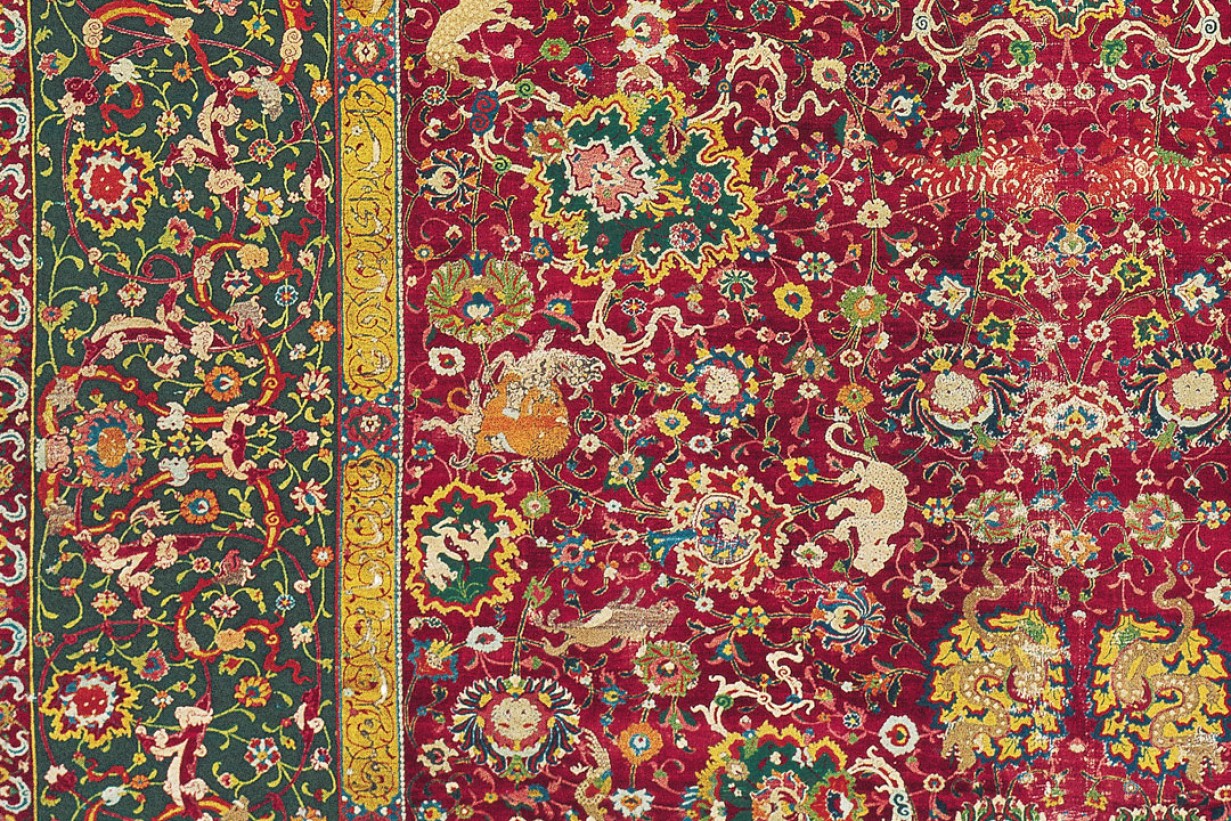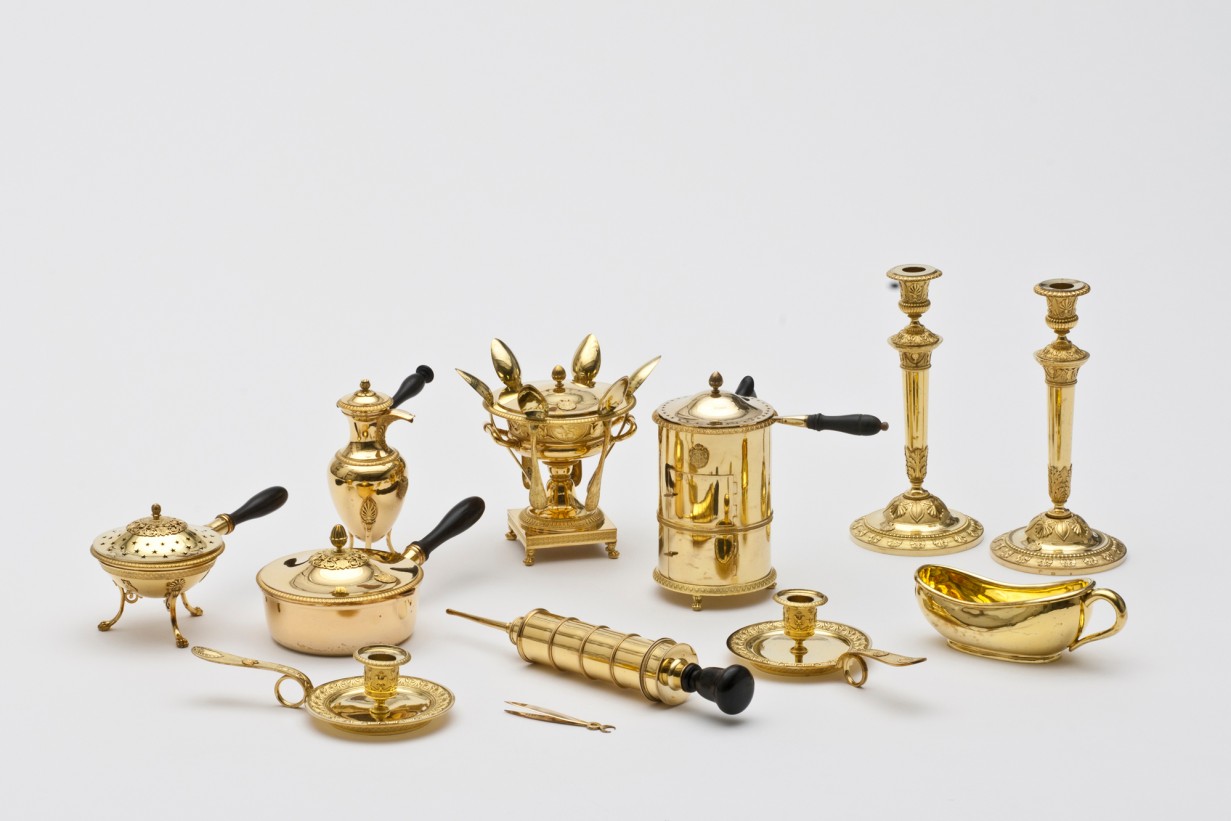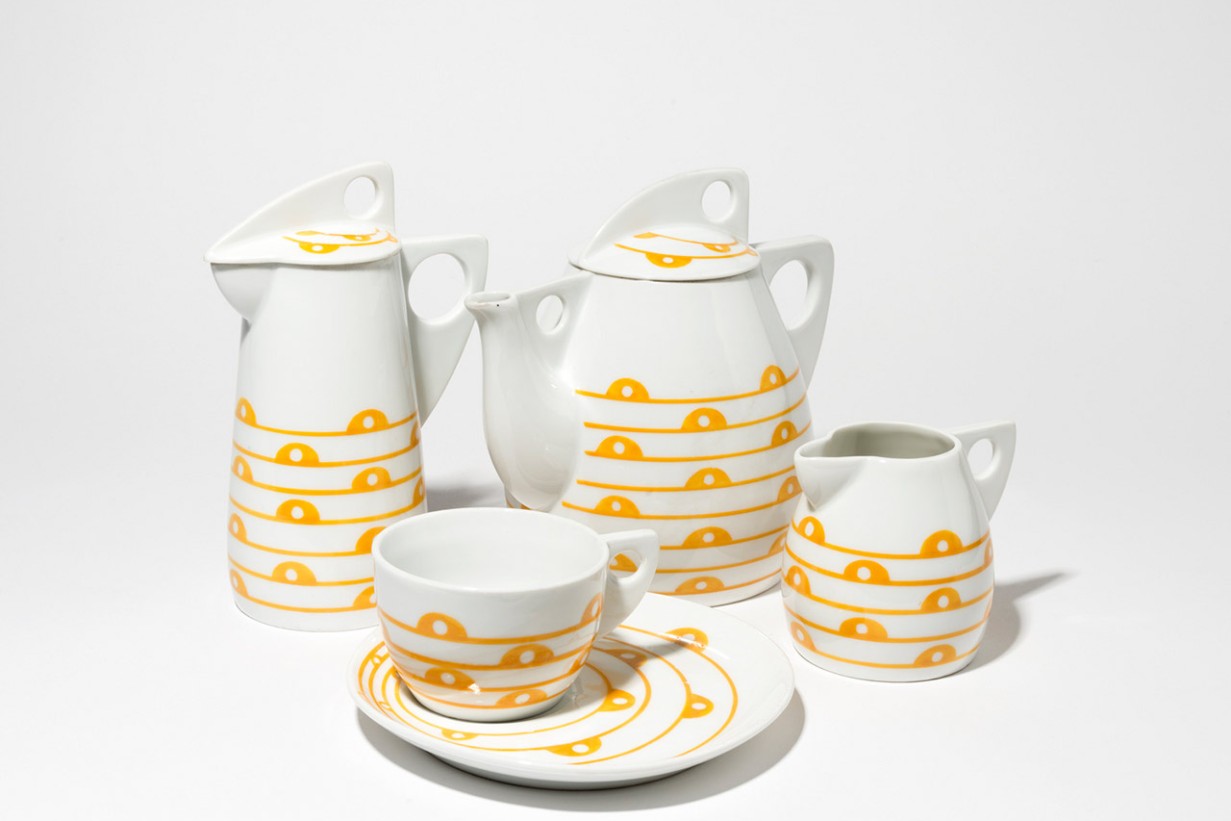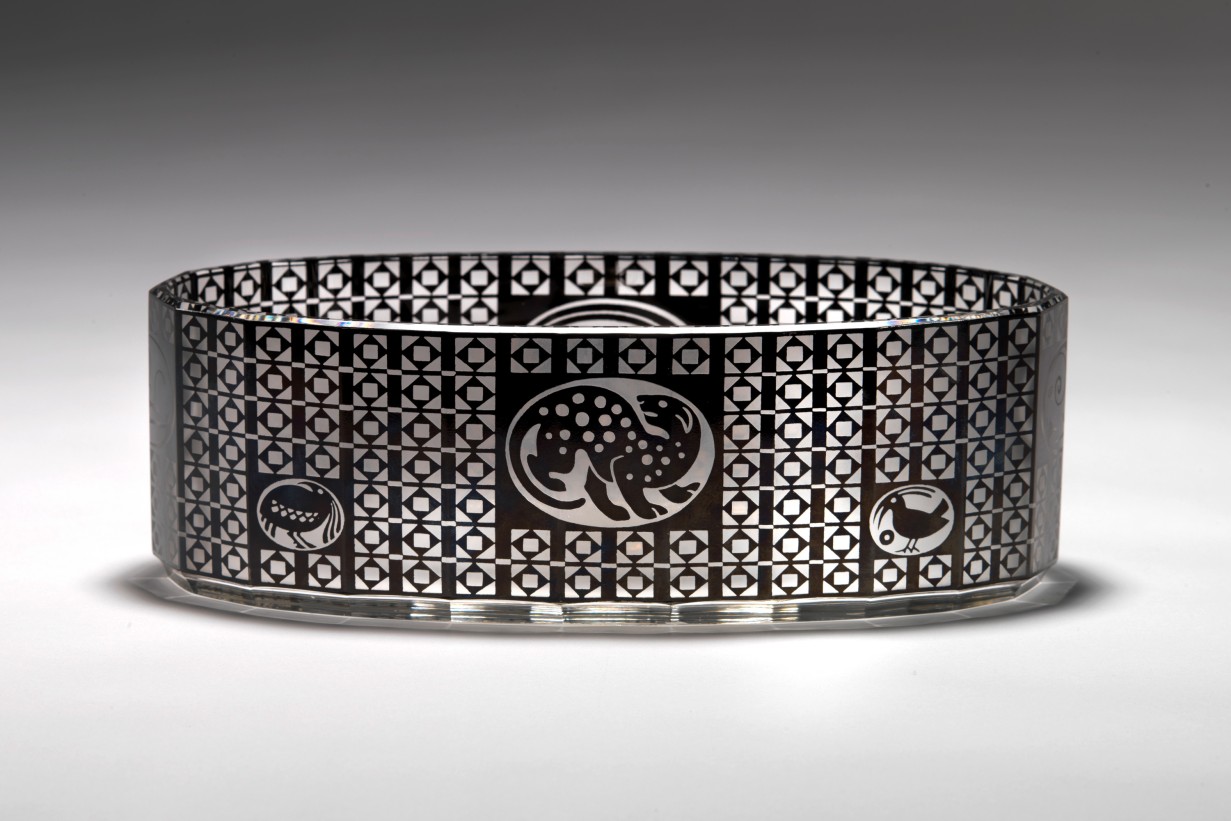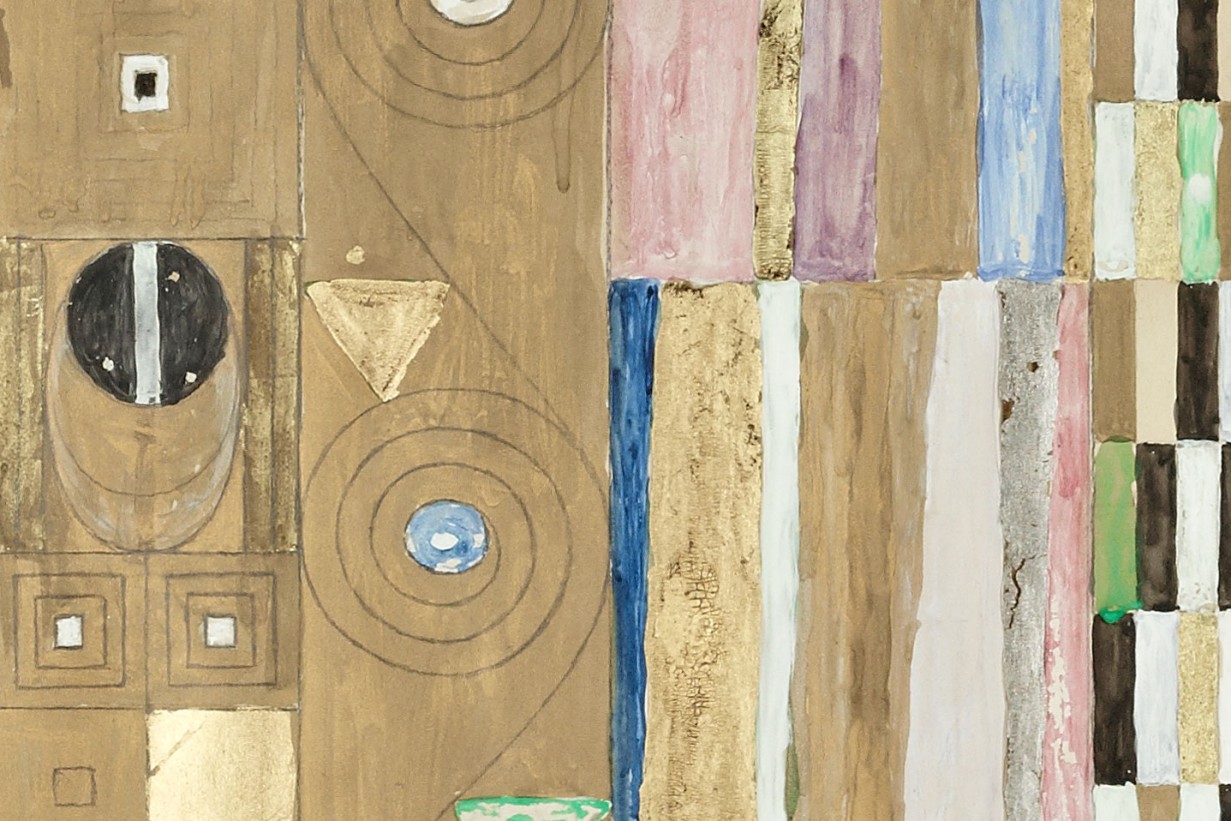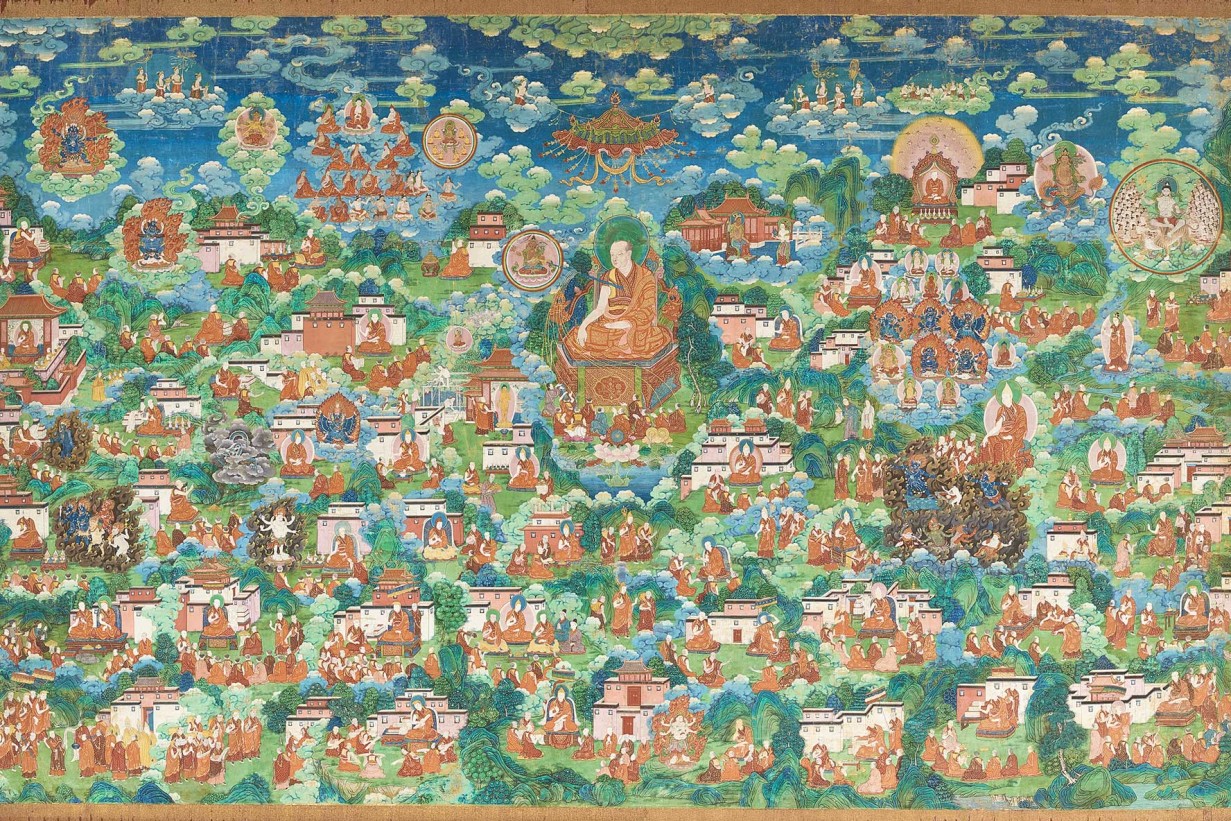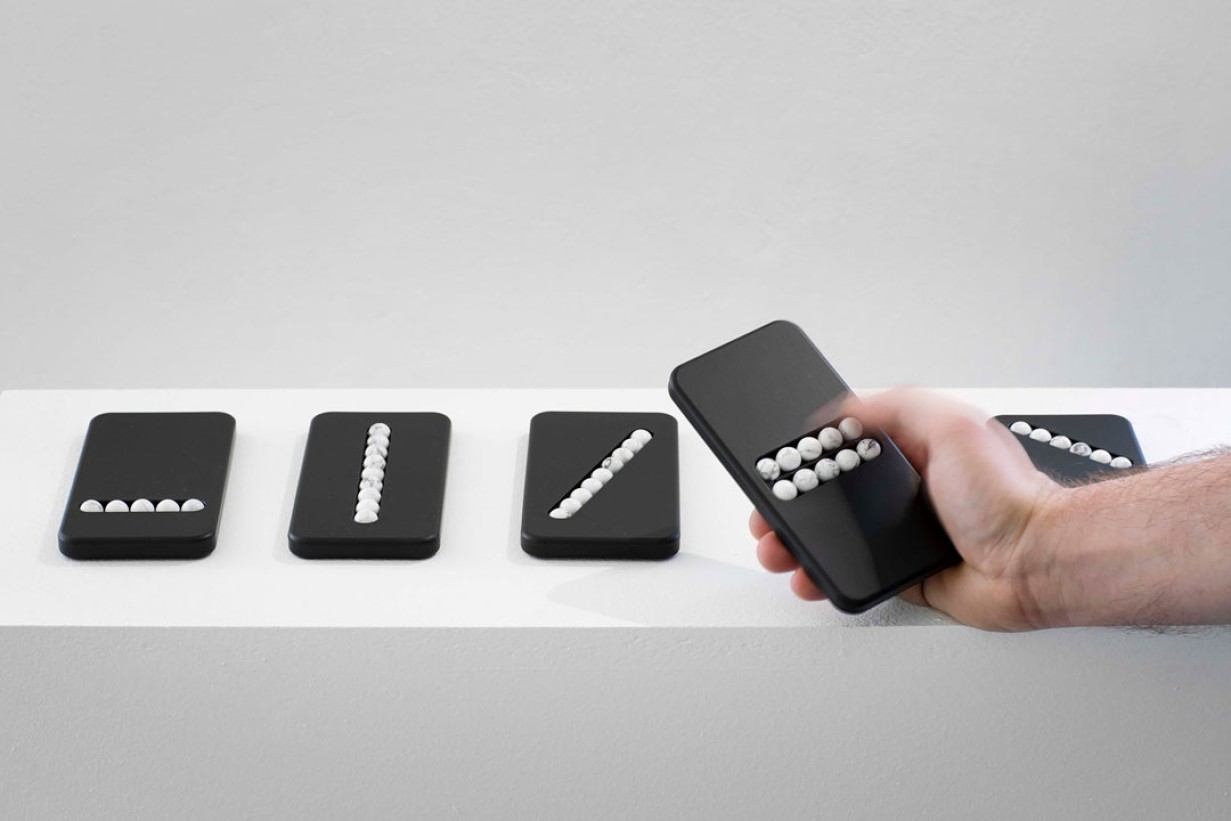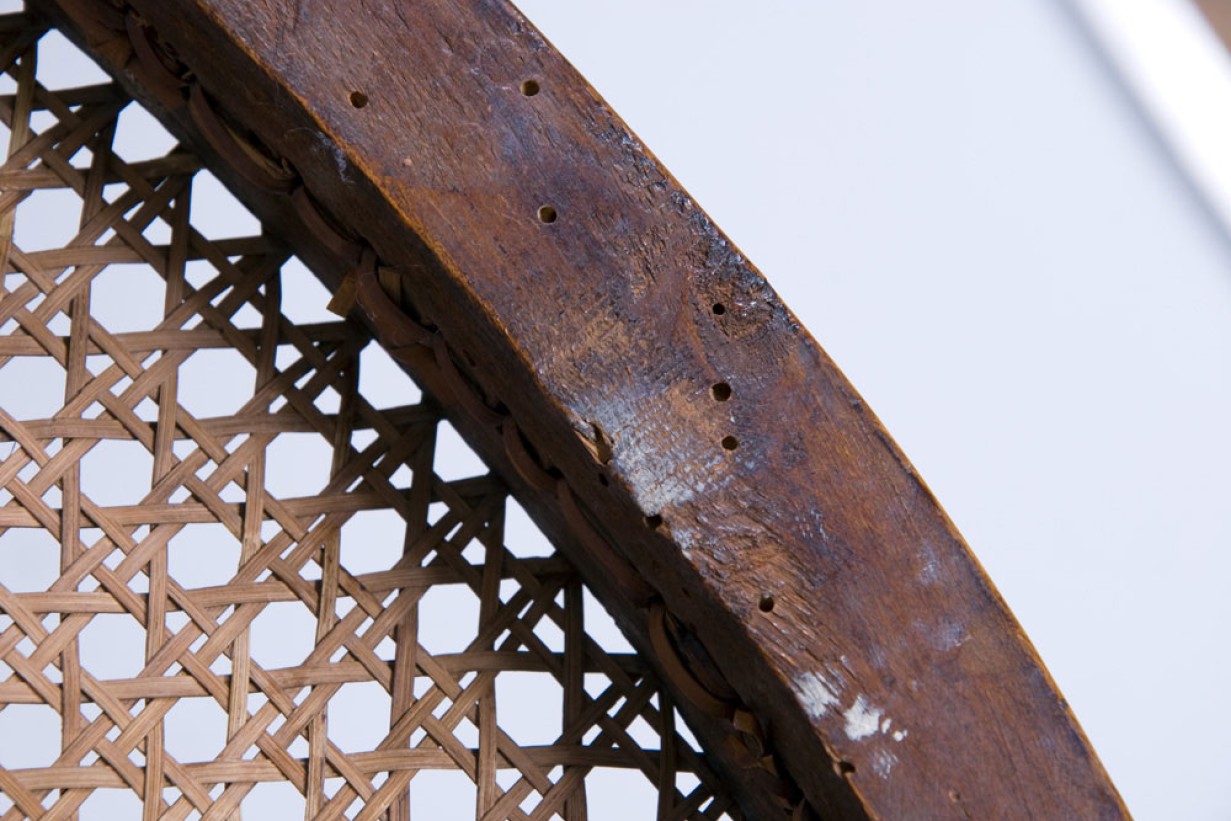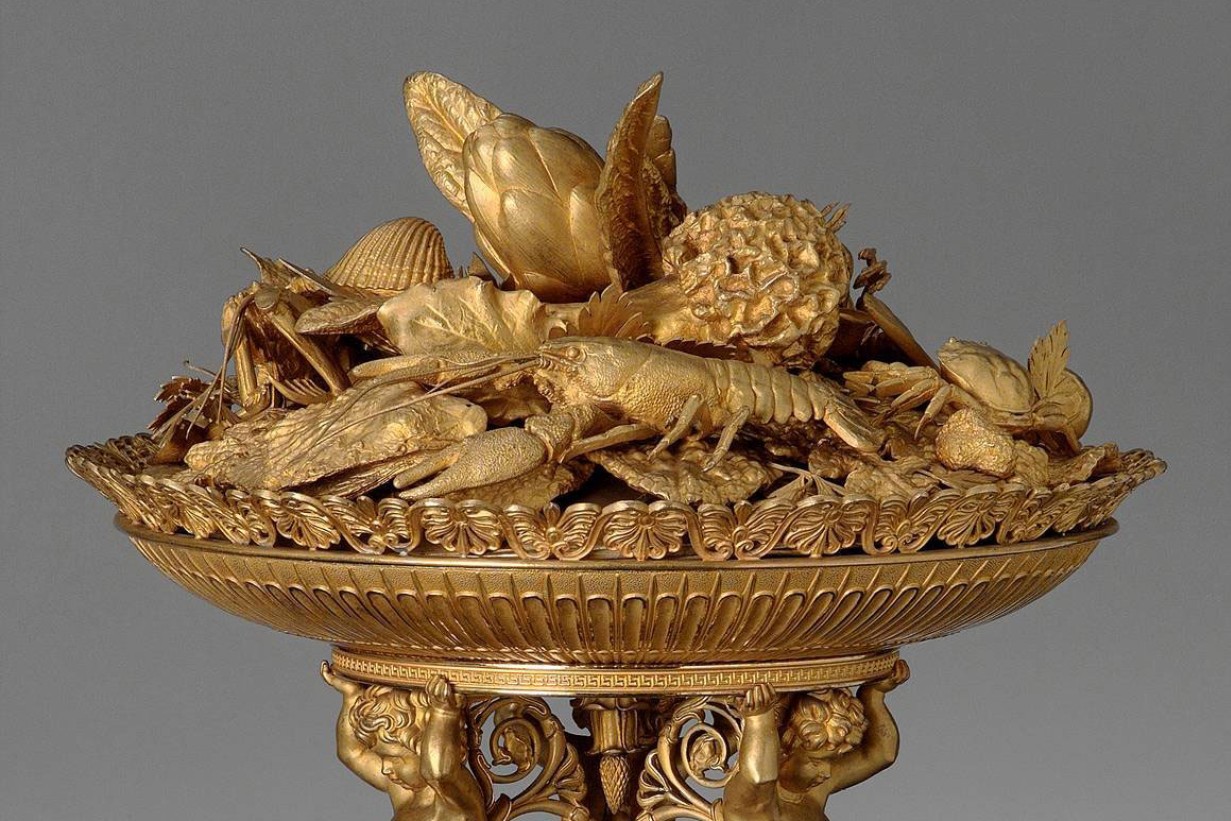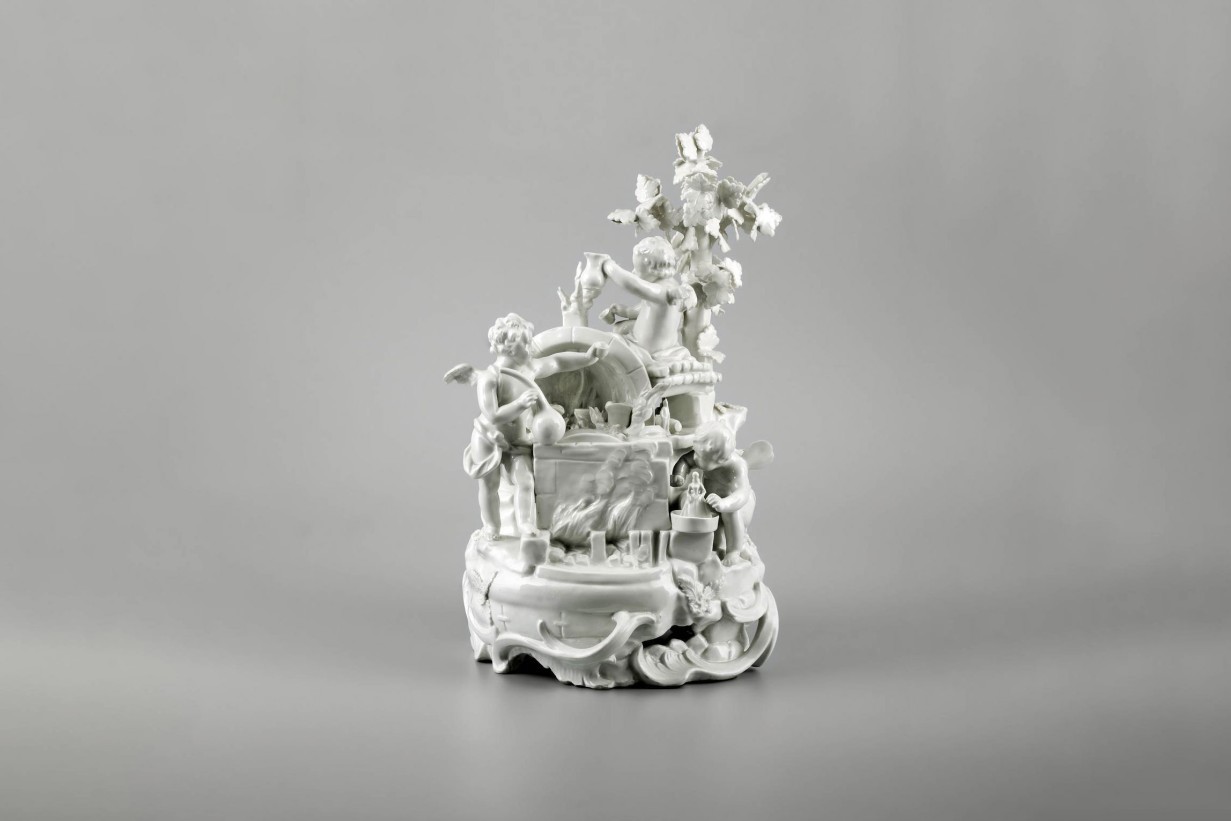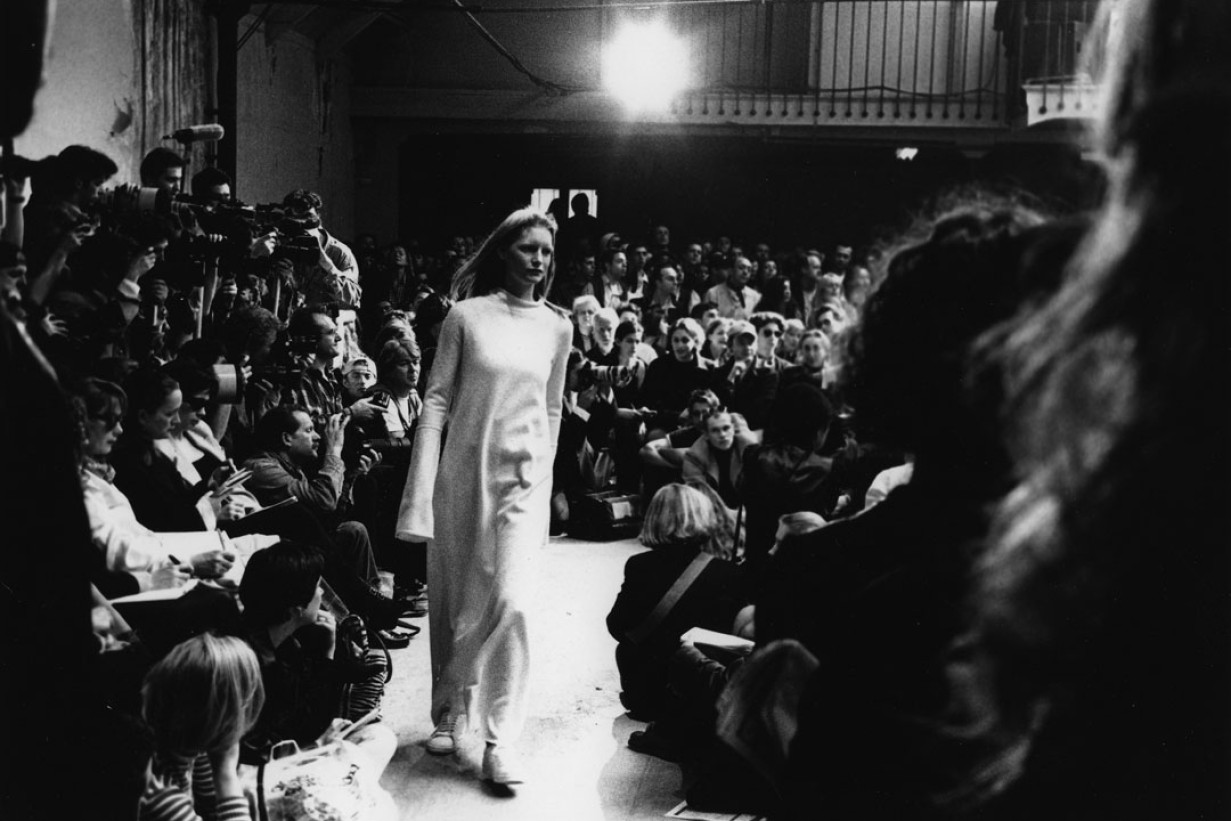Collection
The MAK is home to an unparalleled collection of applied arts, design, architecture, and contemporary art which has developed in the course of 150 years.
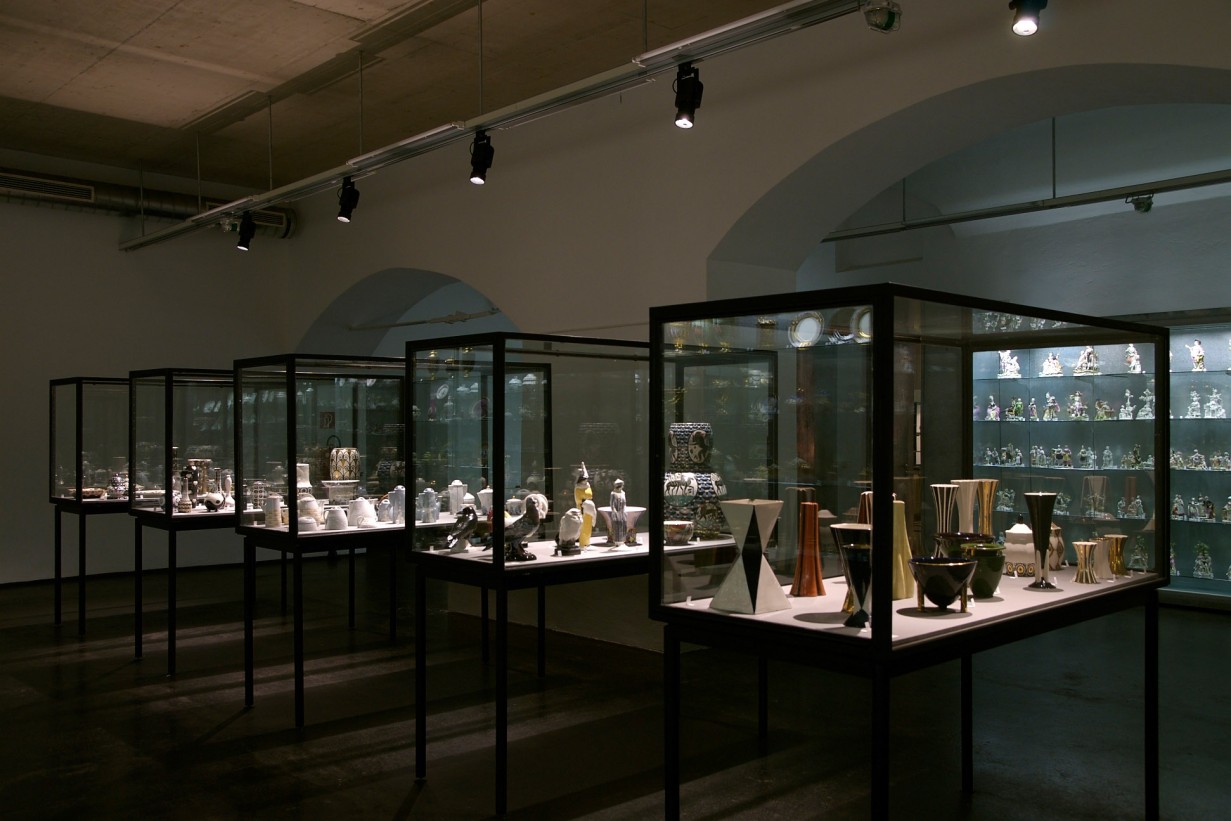
The spacious halls of the Permanent Collection were redesigned by contemporary artists in order to present selected highlights from the MAK Collection. In a unique interplay of artistic heritage and contemporary interventions, the historical holdings have been staged in a way that invites close examination of the individual exhibits.
The MAK’s digital collection database has been made available to the public for both private and scientific research purposes.
The MAK Collection Online will continue to be expanded and updated. The long-term aim is to make the entire holdings of the MAK Collection, which can only be displayed in part in the museum itself, available on the World Wide Web.
The Rights and Reproductions Department is your contact for all image orders and reproduction permissions. You can choose from digital and analog images of all MAK Collection objects as well as exhibition views.
Contact:
Thomas Matyk
T +43 1 711 36-294
repro@MAK.at
Thomas Matyk
T +43 1 711 36-294
repro@MAK.at
Print on Demand:
We offer superlative-quality artistic prints of selected collection highlights: MAK Design Shop
We offer superlative-quality artistic prints of selected collection highlights: MAK Design Shop
Copyright
All materials made available or published by the MAK are protected by copyright and may only be used after permission by the Rights and Reproductions Department.
Personal use of photos of the MAK Collection is permissible.
Publication Fees
Publication of MAK-owned photographic material is subject to a publication fee in an amount dependent upon type of use, circulation and image size.
Prices upon request.
Photography
Digitization
Photos of MAK Collection objects are produced at the MAK’s own photo studio. For external customers, we will be happy to produce digital copies for a fee.
MAK Licensing
The exceptionally diverse collection of the MAK represents a source of inspiration for the creative industries. The MAK also cooperates with producers from a wide range of industries in order to develop licensed products from the museum’s own collection.
In the way by which its collection came into being, the Imperial Royal Austrian Museum of Art and Industry, opened in 1864, was an exceptional case amidst the nascent Viennese museum landscape.
The museum, officially established in 1863 with an eye to promoting innovation, was a cultural institution based not on an imperial or noble collection but on one to be compiled from scratch, thereby following an entirely new concept that was closer to the bourgeois and liberal notion of advancing the trades than it was to any aristocratic representational desires. It was a modern museum oriented toward the needs of both the general populace and producers of goods.
In the 19th century, criticism of art museums’ practice of reserving their spaces exclusively for works of “pure” art presented with no regard to their contexts of origin was just as common as demands that museums also pay appropriate attention to the processes by which the items on exhibit had been produced. Art museums’ neglect of technological aspects was, in fact, deemed to be partly responsible for the relatively slow rate of progress exhibited by the arts. It was in response to such shortcomings that Gottfried Semper developed his “ideal plan” for a fictitious “metallotechnic” museum in 1852. According to this detailed-but hardly practicable-concept, the museum was to combine a collection of models including up-to-date samples from the metalworking industry with a “musée imaginaire” of metal art. What Semper outlined was no less than a universal museum, the “historically, ethnographically and technologically” organized collection of which would survey the entire field of cultural studies in the manner of a “chronology, a cross-section and a ground plan.” In this, his concept is comparable to those of today’s science museums.
In Semper’s day, the concepts of art, the trades and industry were not yet regarded as being contradictory in the way that their present-day definitions would lead one to assume. Industry was understood in the sense of the Latin word industria, as industriousness, and went hand-in-hand with production and innovation by artisans and artists. In Germany and Austria, where the guilds retained their influence longer than in countries like France and England, it was only rather late that a distinction arose between the concepts of art and craftsmanship. Only during the course of the 19th century did the two ideas diverge in contexts where one had previously spoken of art manufactories, manufactories and the mechanical arts.
In Austria, efforts to advance the mechanical arts commenced with the establishment of the Polytechnikum [Polytechnic Institute] (1815) and the Niederösterreichischer Gewerbeverein [Lower Austrian Trades Association] (1839). There were also innovative collectors, thinkers and Academy of Fine Arts instructors such as Johann Daniel Böhm (1794–1865), head of the academy’s School of Engraving, and Rudolf von Eitelberger (1817–1885), an art publicist and educator who recognized the problem of poor-quality artisan products and collected models for use as instructional examples with an eye to effecting improvement.
When Gottfried Semper designed his “ideal museum,” he had two real-world institutions in mind: the South Kensington Museum, which had been set up following the Great Exhibition of 1851 in London, and the Schools of Design, which had already existed at the same location. These two institutions had been founded in order to present the “exemplary usage of art in craftsmanship” as a collection and as an instructional tool. The establishment of the “Imperial Royal Austrian Museum of Art and Industry” likewise took place in the wake of a world exhibition. Rudolf von Eitelberger had been sent to London as an Austrian correspondent for the second world’s fair (known as the “Great London Exposition”) in 1862, and the report he compiled for the imperial court stressed the insufficient competitiveness of the Austrian arts industry in light of the foreign competition. This pertained above all to French and English products, as had already become apparent at the Paris Exposition in 1855. He made recommendations for reforms and for the establishment of institutions aimed at advancing the trades in Austria. Jacob von Falke, co-founder of the museum initiated at the emperor’s behest in 1863 and directed by Rudolf von Eitelberger, spoke of the call for a museum that was to “join up with the dynamic powers of knowledge and industry at work in modern society.”
The museum, which initially had no collection of its own, adopted statutes documenting its fundamentally innovative approach and formulating objectives that still offer key points of departure for a present-day identity. From the very beginning, the museum was internationally oriented: correspondents provided information on how commerce and the trades were being supported and cultivated from London to Shanghai and on to Tokyo; they also facilitated the acquisition of outstanding collection items and documents.
The museum’s definition of its mission was twofold: to support knowledge and industry, and to cultivate of taste. The mission of encouraging and presenting innovation in both design production and style remains valid to this day. Reference to models was adapted as a concept for instruction and study for the broader arts industry, as it was already practiced at the arts academies. A system worth emulating in this respect was to be found in England: there, the establishment of a new educational system during the 1830s had given rise to a dualism between university-based humanistic education and commercially oriented professional training, with instruction in the drawing of ornaments-a skill which was becoming increasingly important in industrial production-being outsourced by the academies to technically oriented institutions. The museum’s collection thus became a dynamic element of innovation in the advancement of taste and the trades, eventually even giving rise to proposals for an Austrian national style.
The collection of the Imperial Royal Austrian Museum of Art and Industry, which was established with the lofty intent of compiling masterpieces of applied arts from all eras and made from all materials, was conceived interculturally and-then as now-offered a unique opportunity to trace the development of aspects such as form in different materials, across various cultures and over many centuries.
The history of the various areas of the museum’s collections also reflects the transformation both of taste and of the demands placed on museum objects. In the beginning, these were above all items acquired as gifts, purchases and trades for purposes of learning and instruction due to the quality of their workmanship and aesthetics-in other words, they emphasized the collection’s model character for the empire’s artistic and industrial production at that time. Later on, this approach underwent a fundamental transformation with the collapse of historicism’s aesthetic dominance. The objects’ musealization went hand in hand with the discovery of aspects of their model character. An example was the museum’s addition of the East Asian holdings from the Imperial Royal Museum of Trade, which Arthur von Scala proceeded to integrate into the museum’s collection up to 1907; such objects represent an important collecting emphasis to this day.
While the museum presented itself as the champion of new aesthetic concepts, such as in its orientation toward English models around 1900 (with a corresponding impact on acquisitions made during that period), other innovations-such as the development of the Wiener Werkstätte-were done only partial justice as the collection expanded. This was the case despite the fact that the School of Arts and Crafts, which was affiliated with the museum until 1909, employed Josef Hoffmann and Koloman Moser as professors, both of whom also worked for the Wiener Werkstätte as designers. The gaps that arose because of this could be closed only in a makeshift fashion later on via acquisition of the Wiener Werkstätte Archive in 1955, as well as by way of targeted purchases and/or the attraction of gifts and permanent loans over the years that followed. When the monarchy ended in 1918, the Imperial Royal Austrian Museum of Art and Industry also became one of the museums charged with preserving imperial collections such as the state-owned carpets formerly owned by the imperial house. The only parts of the collection that even hinted at an orientation toward modernism consisted of those items purchased at world's fairs and at periodically occurring exhibitions such as the winter exhibitions, and those acquired via the targeted collecting of individual collection curators or through the acceptance of gifts (such as of modern works in glass by glass producer J. & L. Lobmeyr). It was only in 1930, for example, that a large collection of designs by Josef Hoffmann was finally purchased for the museum.
A reorientation of applied arts toward fine art and the establishment of the collecting of contemporary art and architecture took place during the directorship of Peter Noever, which began in 1986. Exhibiting and collecting contemporary art became an important source of inspiration for the field of applied arts. Works from solo exhibitions by well-known contemporary artists and architects at the MAK as well as by participants in the MAK Artists and Architects-in-Residence Program in Los Angeles formed the basis of the new collection, which via targeted efforts such as the Artists in Focus exhibition series (initiated in 2006) began to expand the collection further by specific works.
The innovative approaches to encouraging the trades from the period of the museum’s founding remain valid in many fields; these are joined by a museum educational mission that is characterized by a new conception of history and a changed culture of taste. Today’s Austrian Museum of Applied Arts / Contemporary Art is intended to function as an “intelligent storehouse” in keeping with the museum-definition provided by Boris Groys. It should be a place that attracts scholars, educators and an interested public thanks to its development of presentations, educational offerings and documentation in both new media and publications. These should be capable of presenting the collection in ever-new contexts and ultimately conforming to what society expects of the institution of teaching, learning and enjoyment that is the museum. The MAK can boast outstanding holdings in many fields, and today it serves as a center of artistic, art-theoretical and architectonic competence.
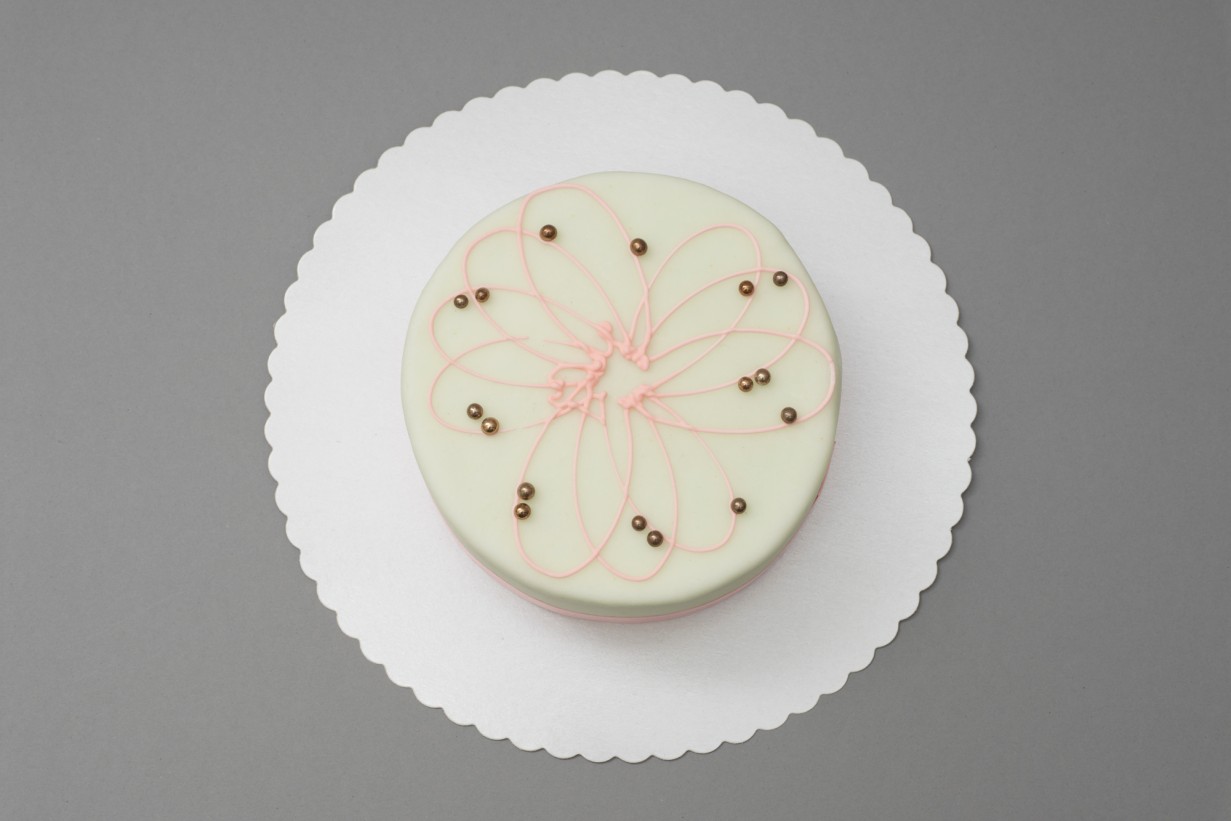
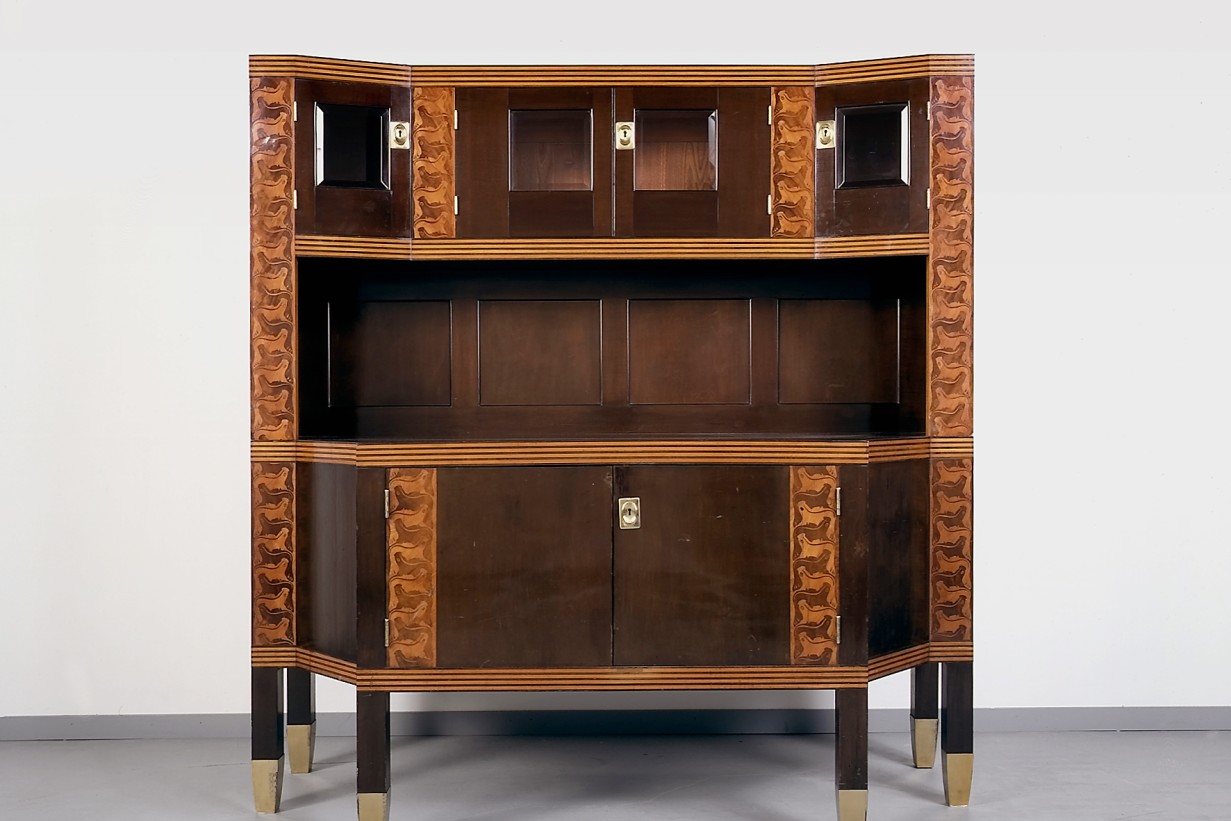
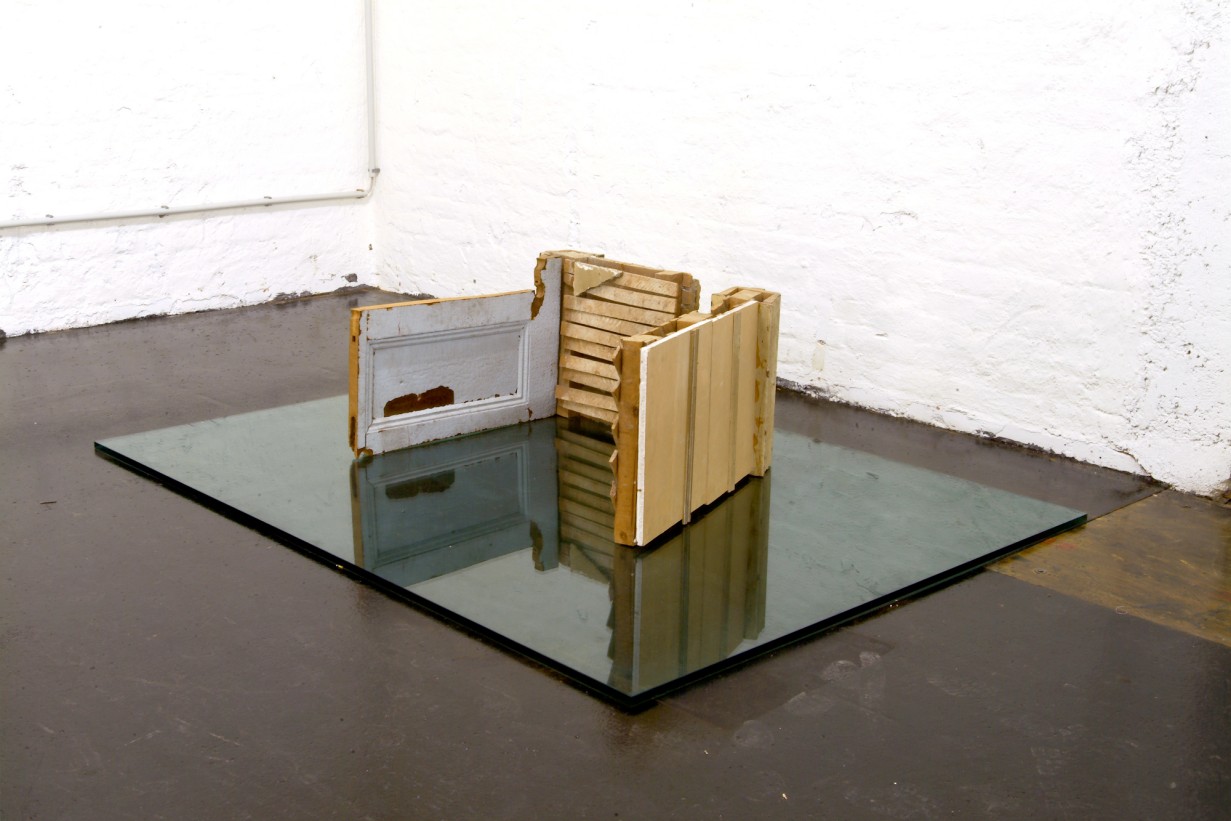
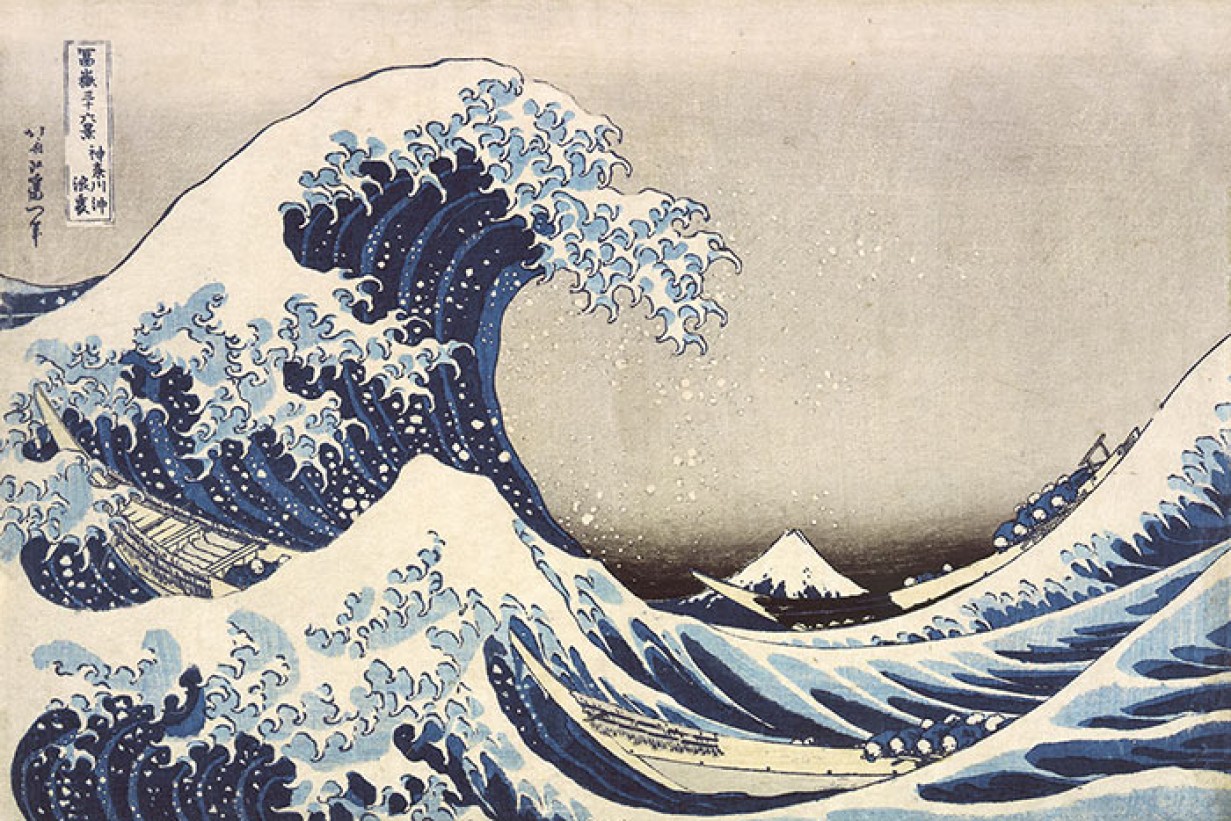
![Gustav Klimt: I. KUNSTAUSSTELLUNG DER VEREINIGUNG BILDENDER KÜNSTLER ÖSTERREICHS SECESSION (UNZENSURIERTE FASSUNG) [1ST ART EXHIBIITON OF THE UNION OF AUSTRIAN ARTISTS SECESSION (UNCENSORED VERSION)]](/jart/prj3/mak-resp/images/cache/bd4bd3f3f6af08992e582051fa5756eb/0xE77DBDEC08FEF40450E90BFB2E5CA20D.jpeg)
